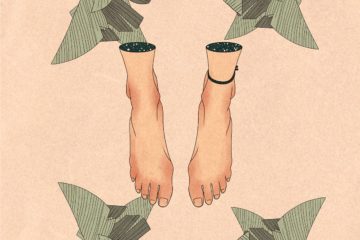This study attempts to calculate the decent level of income for youth through examination of the ‘living expense’ level based on the current household expenditure and consumption expenditure of the youth, utilizing the 2014 raw data of ‘Household Income and Expenditure Survey’ by Statistics Korea. Based on our analysis, we suggest three possible policy ideas to introduce Youth Basic Income in Korea: Youth Minimum Wage as living wage (Youth Living Wage), Youth Wage Subsidy (conditional to employment), and Youth Basic Income (flat rate, unconditional). Especially, Partial basic income is suggested to be provided to youth between 19 and 24 unconditional benefit that is calculated through the difference between youth optimum living income level and monthly minimum income based on minimum wage, 300,000KRW (flat rate) as temporary basic income. This study aims to expand discussions on not only the youth allowance but also the social allowance and basic income in Korean welfare state, and promote possibility of actually introducing the Youth Basic Income policy, through the analysis and discussions of specific policy design based on the empirical data regarding Korean youth.
References:
Lee, Sophia Seung-Yoon, Jung-A Yi, and Seung-ho Baek. 2016. “Korean Precarious Youth Labour Market and Policy Ideas for Youth Basic Income.” Journal of Critical Social Welfare 52: 365-405.


